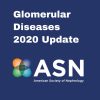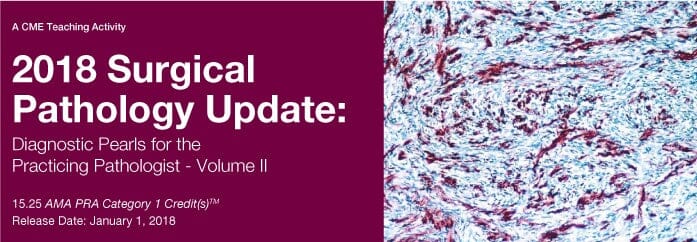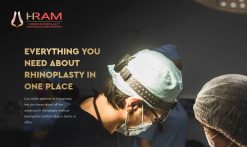Surgical Pathology Update: Diagnostic Pearls for the Practicing Pathologist 2018
$20
Categories: All Products, Pathology Courses, Surgery Courses
Surgical Pathology Update: Diagnostic Pearls for the Practicing Pathologist 2018
By Educational Symposia – Docmeded
Details : 18 Videos
Size : 4.6 Gb
YOU WILL GET THE COURSE VIA LIFETIME DOWNLOAD LINK (FAST SPEED) AFTER PAYMENT
Educational Objectives
At the completion of this CME teaching activity, you should be able to:
- Develop an approach to common morphologic patterns seen in soft tissue tumors.
- Discuss the ancillary diagnostic approach to difficult soft tissue tumors including immunohistochemistry, molecular, and genetic diagnostic tests.
- Describe the most important diagnostic clues and patterns seen in soft tissue tumors which lead to a specific diagnosis.
- Explain the controversies regarding diagnostic criteria for Barrett’s esophagus and Barrett’s-related dysplasia.
- Discuss the effects of contemporary therapy on the pathology and management of patients with inflammatory bowel disease.
- Describe the role of the pathologist in helping to manage patients with IBD-related dysplasia and neoplasia.
- Apply risk stratification criteria for the prognostication of gastrointestinal stromal tumors.
- Discuss and recognize the succinate dehydrogenase-deficient gastrointestinal stromal tumor and understand the clinical significance of this category of GIST.
- Describe the transcription factors most useful for the identification of primary site location in metastatic carcinomas.
- Discuss the diagnostic markers for distinguishing hepatocellular carcinoma from metastatic carcinomas to the liver.
- Apply immunohistochemical markers to determine the primary site for metastatic well-differentiated neuroendocrine tumor.
- Accurately render a diagnosis of non-invasive follicular thyroid neoplasms with papillary-like nuclear features and recognize its mimics.
- Identify tumors with progression to poorly differentiated or anaplastic thyroid carcinoma.
- Recognize the morphologic spectrum of adrenal cortical carcinoma.
- Describe the features helpful in establishing a malignant diagnosis of prostate cancer on needle biopsy.
- Review the morphologic features essential in distinguishing benign mimickers from bladder cancer.
- Recognize unusual variants of common renal tumors and become familiar with more recently described renal tumors.
- Appreciate the subtle histomorphologic features that can help to distinguish well-differentiated ductal adenocarcinoma from reactive changes in the pancreas.
- Appreciate the anatomic and histologic compartments of the ampulla and their significance in the versatility and subclassification of ampullary tumors.
- Acquire knowledge of new concepts, terminology and histologic grading of pancreatic neuroendocrine tumor
Topics And Speakers:
Session 1
– A Contemporary Update of Colitis-associated Dysplasia
– Robert D. Odze, M.D., FRCPC
– The Evolution of Immunohistochemistry in Soft Tissue Tumor Pathology: From Differentiation to Molecular Genetics
– Jason L. Hornick, M.D., Ph.D.
Session 2
– Barrett’s Esophagus: Controversial Diagnostic Issues Relevant to Pathologists
– Robert D. Odze, M.D., FRCPC
– Helpful Tips for Resolving Differential Diagnostic Consideration on Prostate Biopsy
– Cristina Magi-Galluzzi, M.D., Ph.D.
Session 3
– Mesenchymal Tumors of the Gastrointestinal Tract: An Update on GIST and Differential Diagnosis Using Immunohistochemistry
– Jason L. Hornick, M.D., Ph.D.
– A Guide to Noninvasive Follicular Thyroid Neoplasm with Papillary-like Nuclear Features (NIFTP)
– Justine Barletta, M.D.
Session 4
– Update on Ampulla and Gallbladder Pathology
– N. Volkan Adsay, M.D.
– Role of the Pathologist in Diagnosing and Managing Patients with IBD
– Robert D. Odze, M.D., FRCPC
– Metastatic Carcinoma of Unknown Primary: Diagnostic Approach Using Immunohistochemistry
– Jason L. Hornick, M.D., Ph.D.
Session 5
– Diagnostic Pitfalls in Bladder Pathology
– Cristina Magi-Galluzzi, M.D., Ph.D.
– Potential Pitfalls in Thyroid Pathology
– Justine Barletta, M.D.
Session 6
– The Trouble with Fat: Diagnostic Issues with Well-Differentiated Lipomatous Tumors
– John R. Goldblum, M.D.
– Neuroendocrine Tumors of the Gastrointestinal and Pancreatobiliary Tracts
– N. Volkan Adsay, M.D.
Session 7
– Common Renal Cell Neoplasms and Their Differential Diagnosis
– Cristina Magi-Galluzzi, M.D., Ph.D.
– Common Morphologic Patterns in Soft Tissue Tumors: Part 1
– John R. Goldblum, M.D.
Session 8
– Common Morphologic Patterns in Soft Tissue Tumors: Part 2
– John R. Goldblum, M.D.
– A Case-Based Approach to Tumors of the Adrenal Gland and Paraganglia
– Justine Barletta, M.D.
– Differential Diagnosis of Pancreatic Tumors
– N. Volkan Adsay, M.D.
| Vendor |
|---|
Tags: 2018 Surgical Pathology Update, 2018 Surgical Pathology Update: Diagnostic Pearls for the Practicing Pathologist, Board Review Video, board review video course, board video, CME INFO Video, CME Video, Diagnostic Pearls for the Practicing Pathologist, Diagnostic Pearls for the Practicing Pathologist 2018, Docmeded Surgical Pathology Update: Diagnostic Pearls for the Practicing Pathologist 2018, download cme info video, download cme video, Download Docmeded Courses, Download Edusymp, Download Edusymp Course, Download Edusymp Lecture, Download Edusymp Video, download medical board video, download medical cme video, download medical video, edusymp, edusymp CME, Edusymp download, edusymp lecture, Edusymp Surgical Pathology Update: Diagnostic Pearls for the Practicing Pathologist 2018, Edusymp Video, Edusymp Video Course, Edusymp Video Lecture, Medical Board Review Video, medical cme video, Medical Specialty Review Video, medical vide, medical video, medical video course, MedicalCoruse.shop, medicalvideo.store, new, Pathology, Pathology Board, Pathology Board Review, Pathology Board Review Video, Pathology Board Video, Pathology Board videos, Pathology CME, Pathology Course, Pathology Review Course, Pathology Review Video, Pathology Video, Pathology Video Course, Specialty Review Video, specialty video, Surgical Pathology, surgical pathology course, Surgical Pathology Update, Surgical Pathology Update 2018, Surgical Pathology Update: Diagnostic Pearls for the Practicing Pathologist, Surgical Pathology Update: Diagnostic Pearls for the Practicing Pathologist 2018
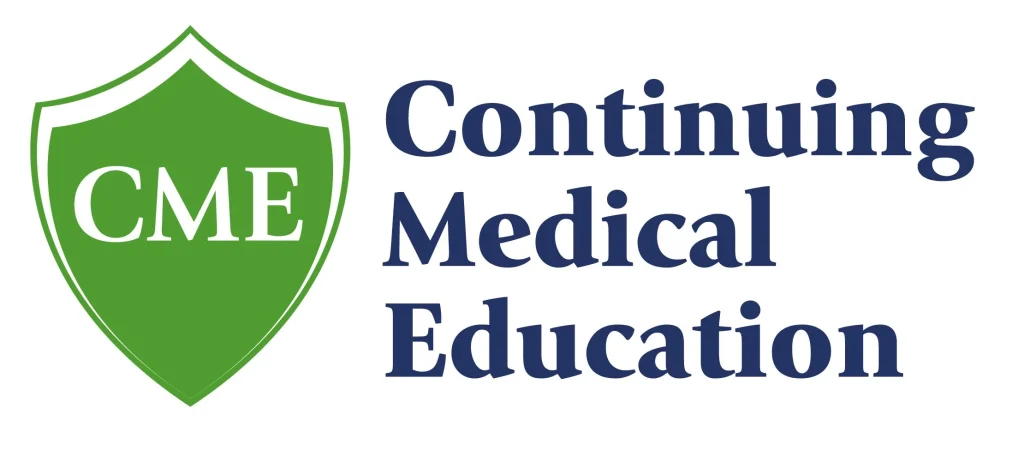
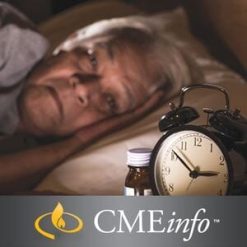 Sleep Medicine for Non-Specialists 2019
Sleep Medicine for Non-Specialists 2019 
